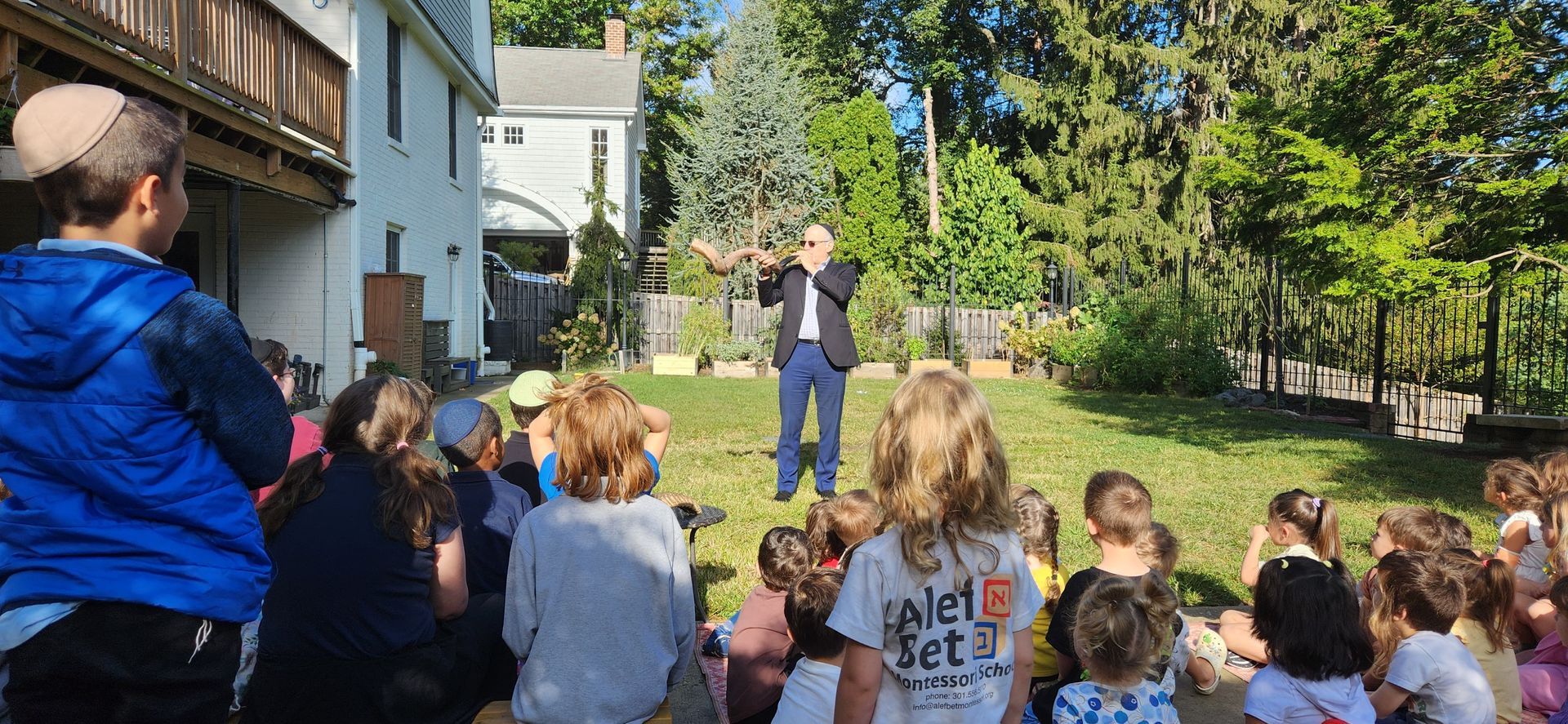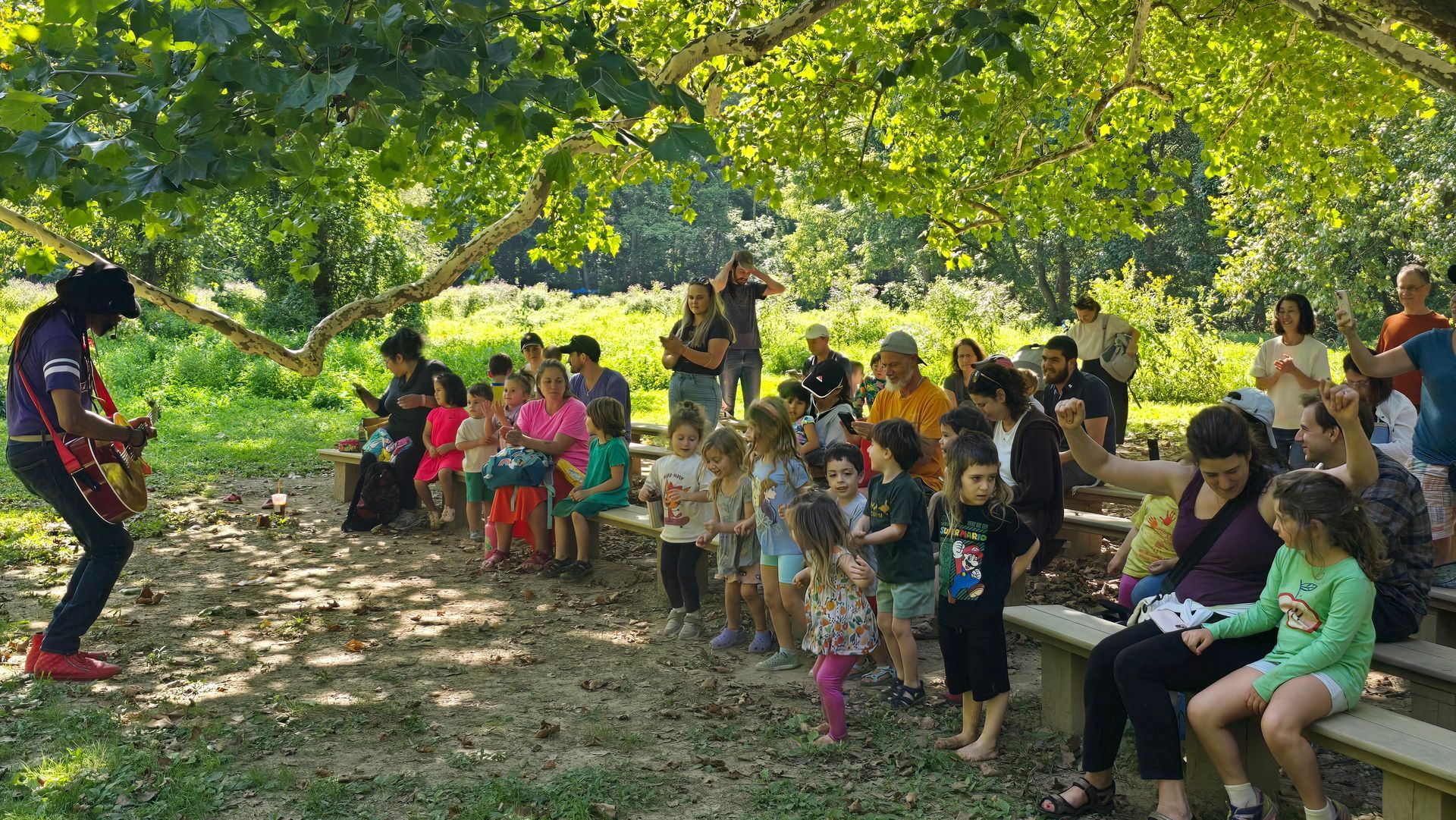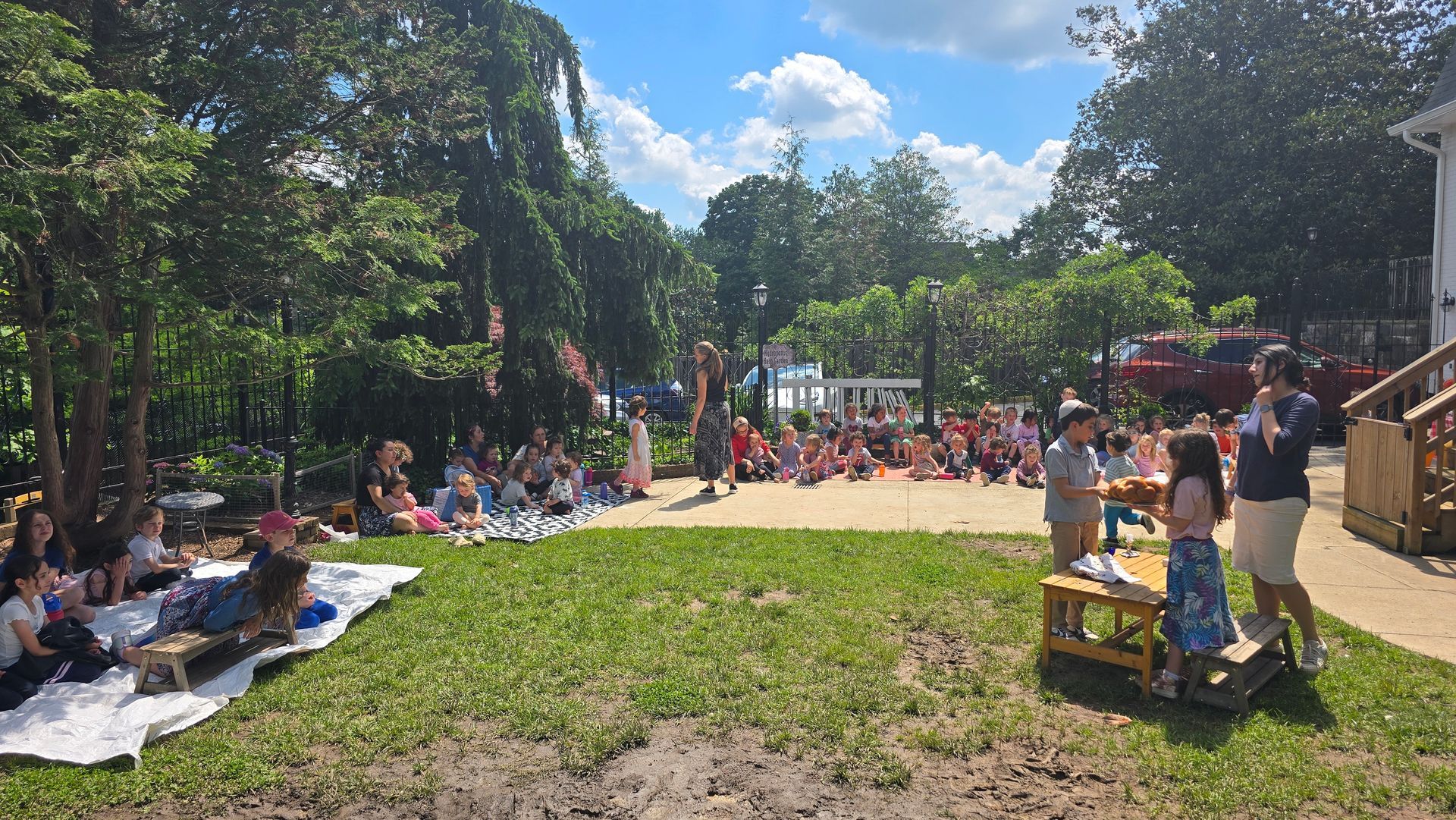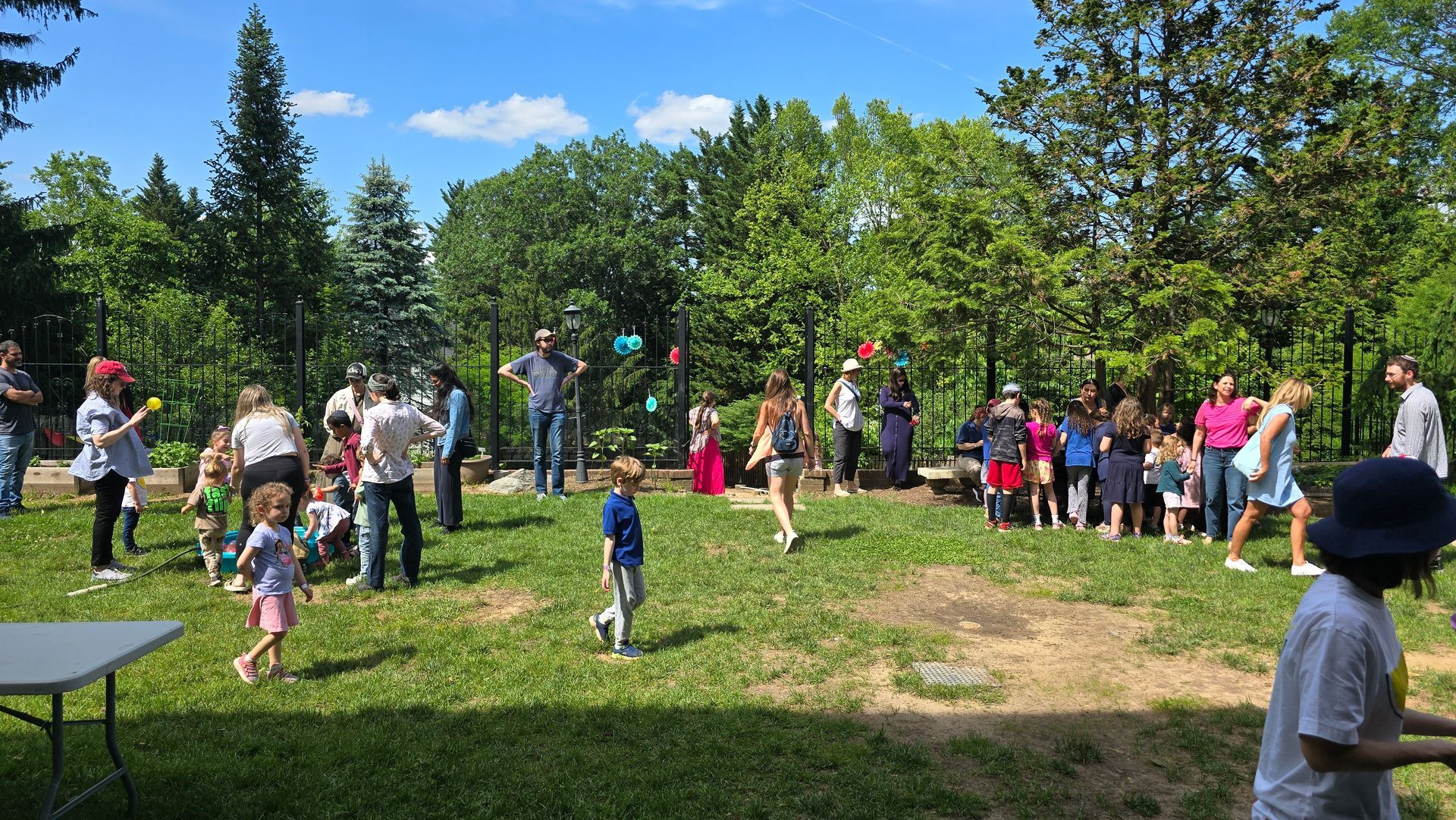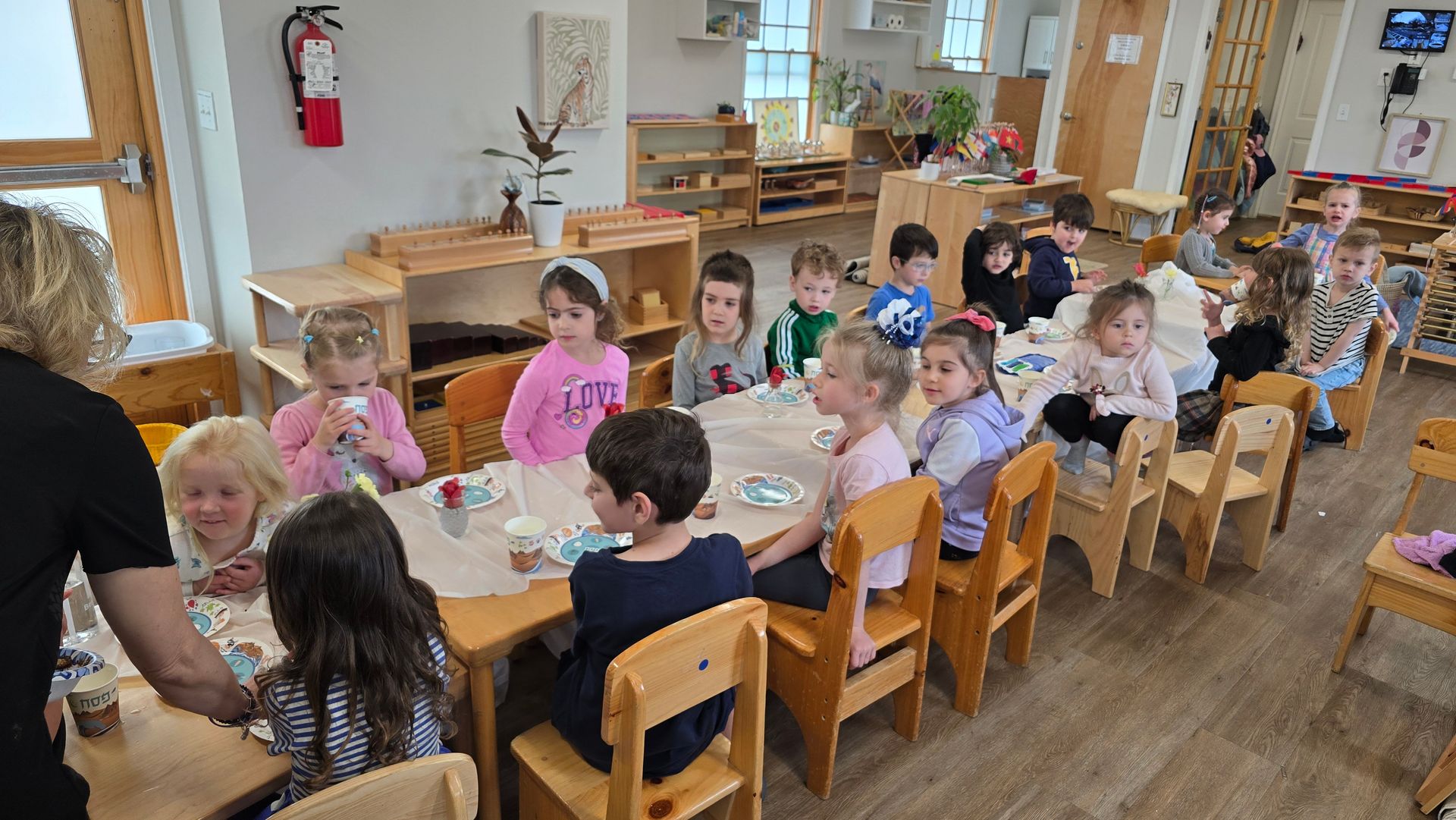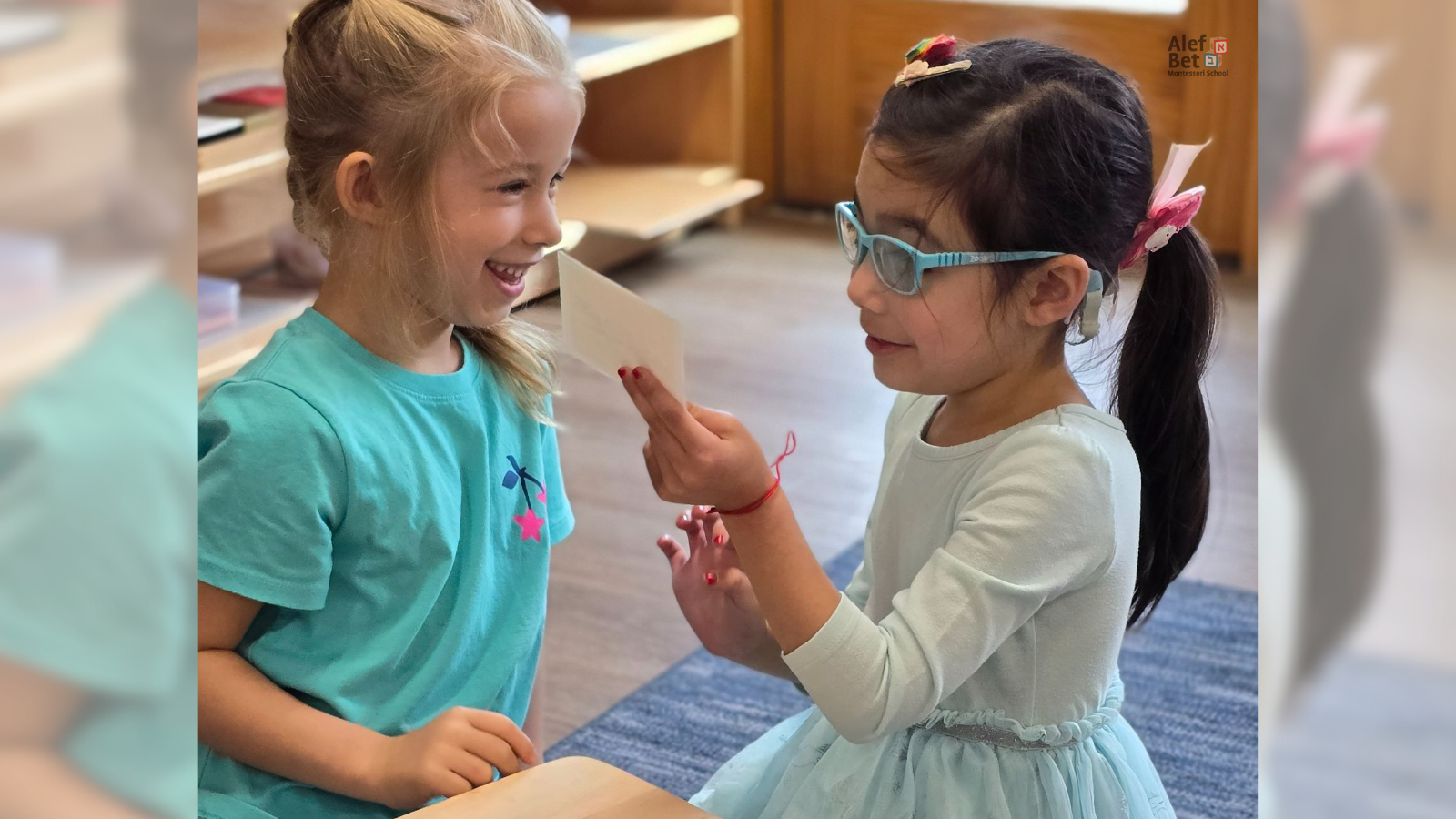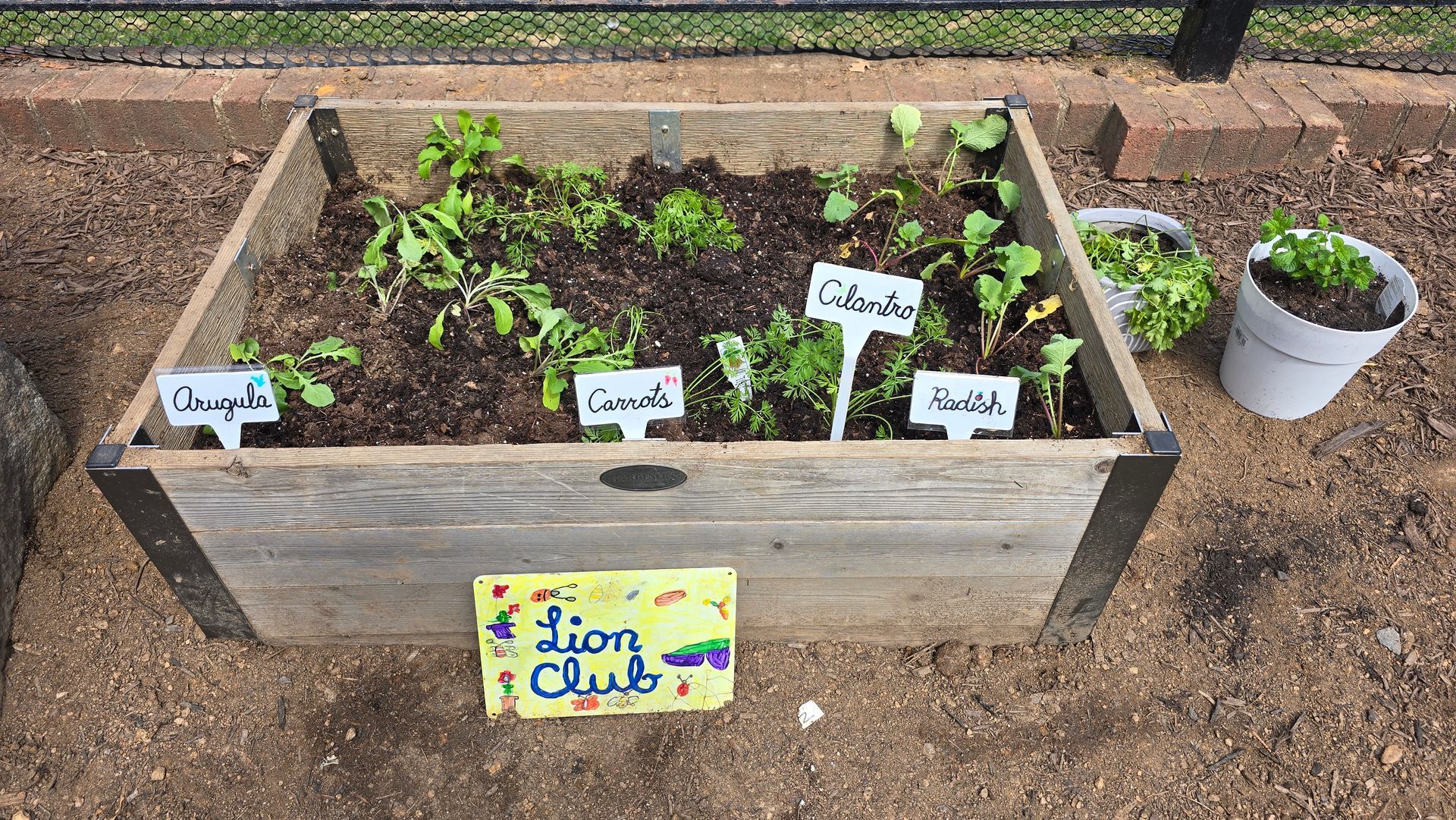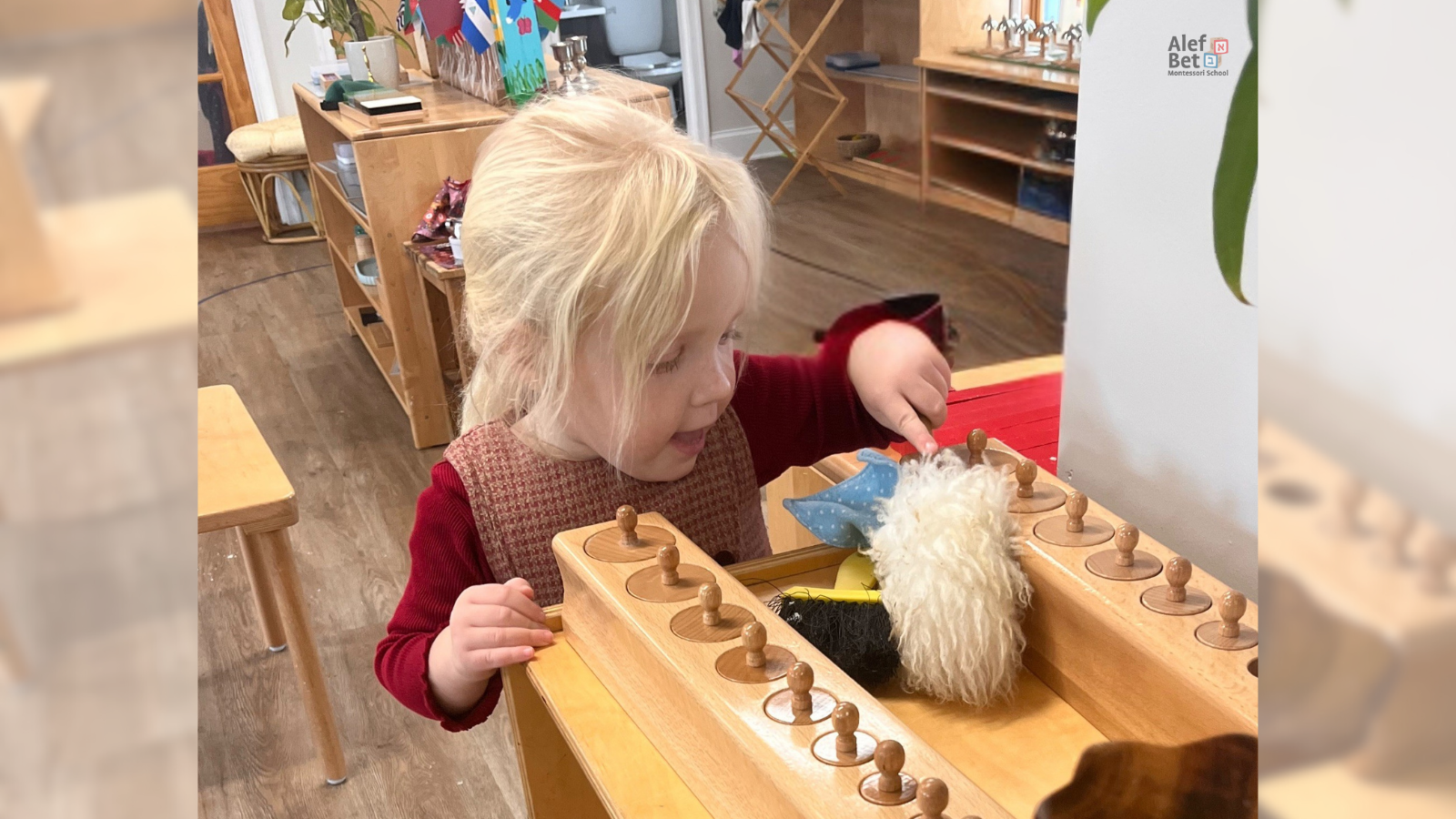He is Biting My Child
He is Biting My Child
It is such a difficult situation in a classroom when a child is biting.
One time, a Head of School relayed to me the following situation about a very smart and nice boy (let's call him Alfred). Our Alfred is 23 months and has been in the toddler’s room for 9 months. He knows the routines and has been wonderful and playful. Yet, the team noticed that our little boy has been acting differently since his mom went back to work.
One new girl, in particular, has been bitten by him repeatedly (almost every other day) and ONLY this girl. He is not biting anyone else but this young girl.
The girl's mom is furious with the school, and for a good reason. There's no question that the school has to do something about it.
The girl is intrigued by Alfred and gets along with him most of the time. She always chooses to go and play with him.
No mother would accept her daughter getting bitten.
This creates a great deal of stress and tension among the teachers. They are constantly on their toes, watching. In fact, a plan has to be in place.
With three fabulous team members, there's no issue with supervision.
So what do we do?
Here are a few things we do right away:
We invite the boy’s parents for a conversation without delay, after sending a report home, signed by the teacher describing the incident. The purpose of the meeting is to contemplate a plan that involves both home and school:
1. We do observations to identify if there's a pattern. Is the child irritated by something? Is it always happening around the same time? Does he bite one of the parents at home? Is he able to express himself with words? Has there been a major change in the house? Is the child overstimulated?
2. At this age (18 months to 3 years old) children are trying to be friends, and we will teach signs of grace and courtesy. We will teach proper language to form positive interactions using a few important alternatives: with the use of words.
This is very common for a child who cannot use words or try to protect his private space.
The child that bites need to learn a few words that can help him, such as "Stop" and raise his hand. Or "Help".
The girl also needs to be observed. Where is her play area? Is he going to her area or is she getting into his space? Is she an instigator? What is the interaction? Does it happen at a specific time, during the transition? Does it happen when he is hungry? Trying to see if there is a pattern often helps put prevention measures.
It will usually stop once the team addresses the situation.
2. We will provide him something to bite (like a sensory necklace or a sensory biting toy) if the urge to bite meets him.
3. We will be engaging in constant conversations with the parents of the child, and if needed we seek further professional help from a specialist.
Often times a Speech Pathologist or an Occupational Therapist will provide good strategies to handle situations.
4. A tip for parents: biting is very common at this age. It expresses a need. There are no vicious intentions.
The key here is for the team to find what is the need. Therefore observations and supervision are most important.
Biting at an older age, over 4 requires similar attention, but certainly involves matters of self-regulation. There is a need to work with the child on anger control, the use of words, and space within the classroom.
We are here for our children, for the full classroom. We watch with extra per of eyes each day.
Tamara Kahana Avisag.
